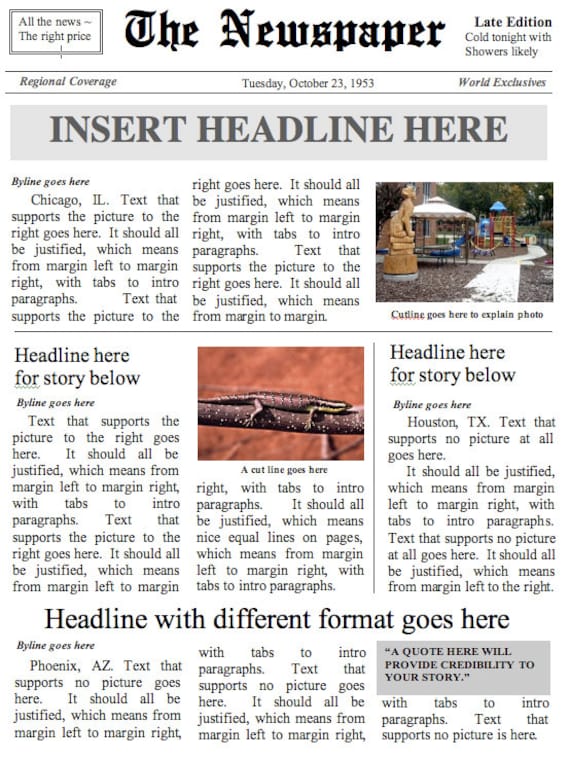

- #View book layout in ms word for mac install#
- #View book layout in ms word for mac update#
- #View book layout in ms word for mac full#
It also affects how your readers perceive the quality of your book. Poor formatting makes it difficult to read your book. You can have an astounding title, a spectacular cover design, and awe-inspiring content, but if you don’t format your book correctly, it will affect your readers’ overall experience. You probably just ended up putting that book down. While reading a book, have you ever seen the text all run together, paragraphs with weird characters, or chunks of text that just seems to go on forever?
#View book layout in ms word for mac install#
And in case you’re curious, Pages can do this too, sort of you’ll need to install a plug-in to get some help, though.One of the factors that decides whether your book will be successful or a flop on Amazon Kindle is the formatting. If you’d like even more information about how this works, check out Microsoft’s article on the subject.
#View book layout in ms word for mac update#
Click the arrow there, and you’ll find the option to update the bibliography.

Pick your favorite style, and away you go! Word will generate the bibliography for you and insert it wherever you’d put your cursor.Īnd one more thing here: If you then go back and end up adding more citations, you can click on your bibliography section to reveal a header. When you do so, you can click one of the options for how you’d like yours to look. You can then double-click any one of those to insert its in-text reference again!įinally, when you’re ready to create your bibliography, click either the “Citations & Bibliography” button or choose “Bibliography” straight from the Ribbon if you see it there. You can continue adding as many of these as you need, and if you want to reuse one you’ve already entered, just click the “Citations” button on the Ribbon (which, as I mentioned, may be underneath “Citations & Bibliography”), and you’ll see the ones you’ve previously put in. Once you pick that, though, you’ll just type in all of the relevant info, like this:Ĭlick “OK,” and Word will add the citation within your text. The “Type of Source” drop-down at the top is pretty important that’ll determine what fields you get to type into, depending on whether you’re referencing a journal article or a book, say. In any case, though, once you pick “Insert Citation,” you can fill out a form with all of the details on the reference you’re adding. Yes, “Ribbon” is Microsoft’s weird and fancy name for the toolbar. We’re going to click “Insert Citation” here (and this is also where you can change the formatting of your references from APA, for example, to MLA), but just so you know, you may see that button all by itself on Word’s Ribbon depending on the size of your window. Choose the “References” tab at the top and click the “Citations & Bibliography” button. Here’s how you get started: First, you’ll open Word (um, yeah), and then place your cursor where you’d like your in-text reference to be.
#View book layout in ms word for mac full#
And you can select which format you’d like your items to be in, too-APA, MLA, or Chicago, for example-and then automatically create a full bibliography when you’re ready. No more figuring out where those periods and italics go! As someone who occasionally proofreads academic papers, this is kind of a godsend. I think a lot of folks aren’t aware that if you’re using Microsoft Word to write a paper (or a book!) with references, the program can auto magically generate those for you.


 0 kommentar(er)
0 kommentar(er)
